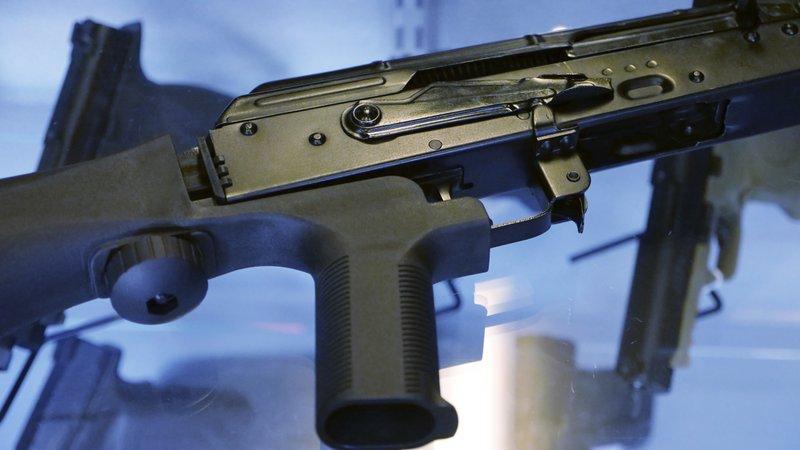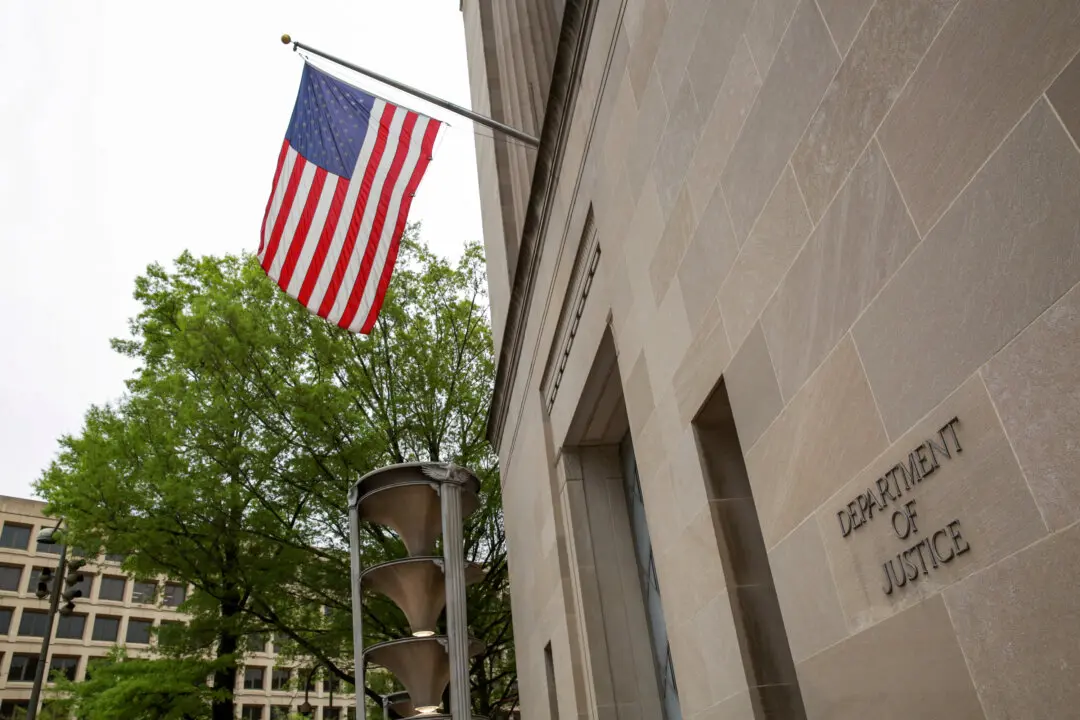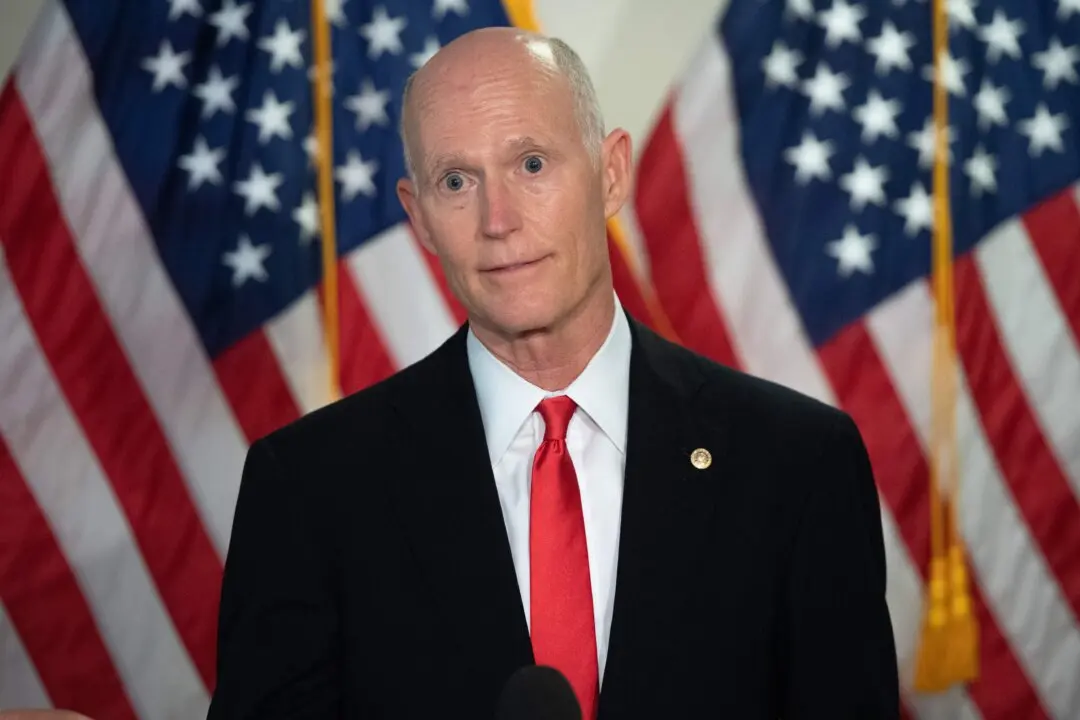The Supreme Court rejected efforts by gun rights activists to block the Trump administration’s ban on firearm bump stocks from going into effect, according to a court order on March 28.
President Donald Trump signed a memorandum in February last year directing the Justice Department to ban all bump stock devices and other devices that “turn legal weapons into machineguns.”




